ESA’s Rocket Launch Sends Small Satellites into Space to Monitor Ozone Levels
16th Sep 2020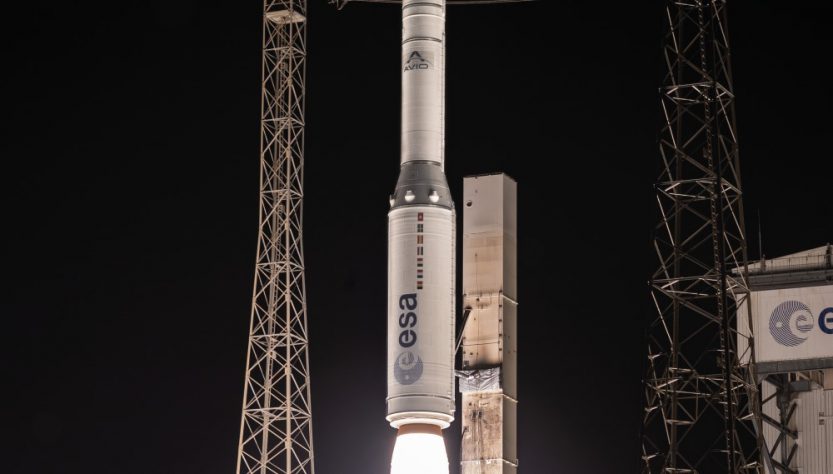
Earlier this month, a Vega rocket launch took place from French Guiana courtesy of the European Space Agency (ESA). Onboard were 42 small satellites, each weighing about 3.5 kilograms. One of these nanosatellites, named PICASSO, contained remote detection apparatus that will be used to correct critical research data while in orbit.
This small satellite is a CubeSat belonging to the Royal Belgian Institute for Space Aeronomy (BIRA-IASB) in collaboration with ESA. The name PICASSO is an acronym for PICo-Satellite for Atmospheric and Space Science Observations, and its chief mission is to monitor the ozone levels while in orbit 535 kilometres above the earth.
The Project of the Vega Rocket Launch is Aimed at Correcting Crucial Research Data
Of the 42 nanosatellites in the Vega rocket launch, PICASSO is probably the most important. It carried within it two significant sensing devices. The main one is VISION (Visible Spectral Imager for Occultation and Nightglow), which is a system build by the VTT Technical Research Centre of Finland Ltd.
VISION will evaluate the concentration and distribution patterns of ozone gas in the atmosphere. It works by using a spectral imaging device for gases and a camera that captures visible sunlight on an adjustable wavelength band ranging between 430nm and 800nm.
At dawn and twilight, when sunlight penetrates the upper atmosphere at varying heights, VISION will also detect the atmospheric temperature contours and build a corresponding profile as caused by the sun’s atmospheric refraction.
For now, VISION only calculates the ozone levels. However, VTT’s Antti Nasila says it may be useful in the future for detecting methane and carbon dioxide. The other tools onboard PICASSO include the Sweeping Langmuir Probe (SLP), also developed by BIRA-IASB to be used in measuring gas plasma in the ionosphere.
Vital Mission to Last about 2 Years
This small satellite has a vital mission. Johanna Tamminen, a research professor at the Finnish Meteorological Institute, said that the PICASSO’s mission occurred just at the right time because other ozone research probes are almost out of commission. The project is vital because even though the ozone layer is improving steadily, the data will be useful as it’s associated with climate changes
PICASSO is expected to last anywhere between 1 and 2 years in orbit. This depends on the duration the research tools onboard can survive the severe conditions of space. During this time, it will collect precious data for various organizations around the world, not just ESA or BIRA-IASB.
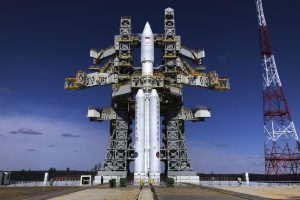
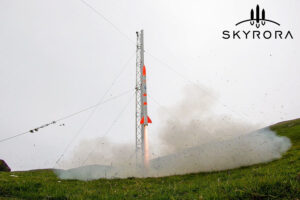


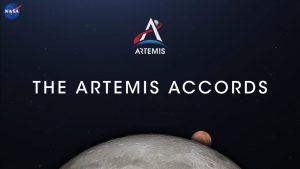
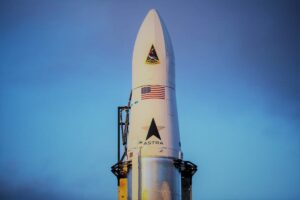
Thank you for your comment! It will be visible on the site after moderation.